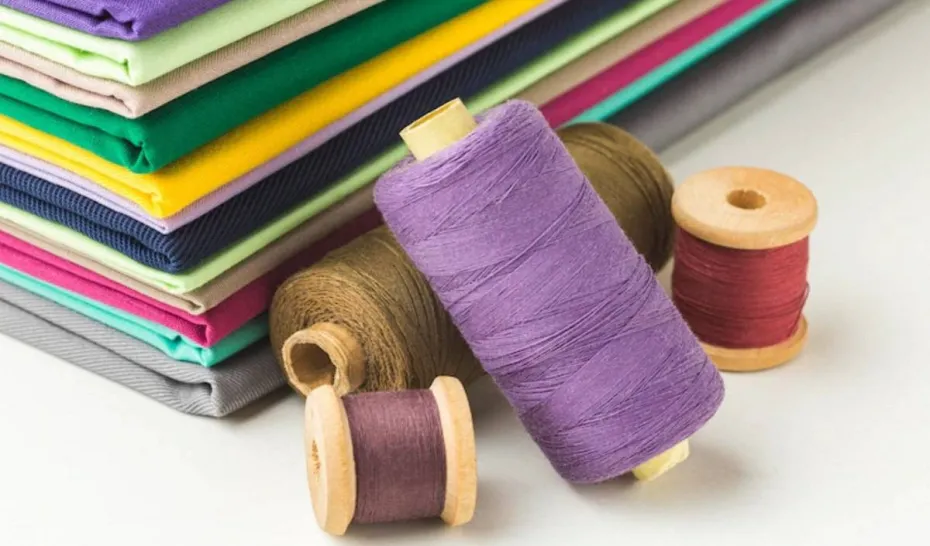The Hidden Thread: Unraveling Plastic Pollution in the Apparel Industry

Introduction to the Fashion World’s Darker Side
The fashion world has always been a dazzling domain of color, creativity, and trend-setting designs. However, beneath its glamorous veneer, the industry harbors a less stylish secret: it’s a significant contributor to plastic pollution. As the dialogue around environmental sustainability grows louder, Cotton Today, a platform powered by Cotton Incorporated, is shedding light on one of the most pressing issues of our time – the apparel industry’s plastic footprint.
Revealing Study on Plastic Pollution by Cotton Incorporated
Conducted by Cotton Incorporated and leading researchers, a revealing study published in Nature Communications, titled “The global apparel industry: a significant, yet overlooked source of plastic leakage,” exposes the volume of plastic pollution attributed to synthetic clothing. Annually, the apparel industry contributes 7.4 million metric tons of plastic waste, with a substantial portion originating from synthetic fabrics at the end of their lifecycle. This addition exacerbates the already critical issue of microplastics, which are shed from these garments during everyday activities like washing and wearing.
Our Environmental Mission
Cotton Incorporated, a research and promotion company dedicated to the upland cotton sector, is at the forefront of confronting this challenge. Funded by U.S. cotton growers and importers of Upland cotton-containing products, the organization is keenly focused on enhancing the demand and profitability of cotton through robust research and educational initiatives. With over 450 projects annually, Cotton Incorporated is a beacon for the cotton industry, endeavoring to weave sustainability into the fabric of fashion.
The Impact of Synthetic vs. Natural Fibers
The stark contrast presented by the research is compelling: synthetic garments are associated with at least ten times more plastic pollution than clothing made from natural fibers, such as cotton. Jesse Daystar, Ph.D., Vice President and Chief Sustainability Officer at Cotton Incorporated, emphasizes the magnitude of synthetic textiles’ impact and advocates for a shift towards natural fibers to significantly reduce the industry’s plastic leakage.
Beyond Choosing Natural Fibers
Addressing plastic pollution in the apparel sector is multi-faceted, involving more than just opting for natural fibers. The study underscores the importance of designing for durability, encouraging the reuse, remanufacturing, and recycling of garments. These practices not only contribute to reducing plastic waste but also prompt a critical examination of our consumption patterns and the lifecycle of clothing.
Cotton Today: Leading the Charge in Sustainable Fashion
Cotton Incorporated, through its platform Cotton Today, plays a vital role in this environmental crusade. As a collaborator in the Plastic Leak Project (PLP), the organization helped develop the first-ever Methodological Guidelines, providing businesses with the tools to identify, measure, and address plastic leakage within their value chains. This initiative represents a critical step forward in assessing and mitigating the apparel industry’s plastic pollution footprint.
The Complex Tapestry of Sustainability in Fashion
The conversation on sustainability in fashion is complex, interweaving issues of plastic pollution with other environmental indicators such as climate change and resource depletion. Cotton Incorporated acknowledges this complexity and continues to explore innovative solutions to reduce the environmental impact of the apparel industry. By championing natural fibers like cotton and advocating for a more sustainable industry, Cotton Today and Cotton Incorporated are stitching a new narrative for fashion – one that is as conscious of the environment as it is of style.
Join the Sustainable Fashion Movement
To learn more about how Cotton Incorporated is pioneering sustainability in the cotton industry and beyond, visit CottonToday.com and join the conversation on Facebook, LinkedIn, and X (formerly Twitter). Together, we can tailor a more sustainable future for fashion.




